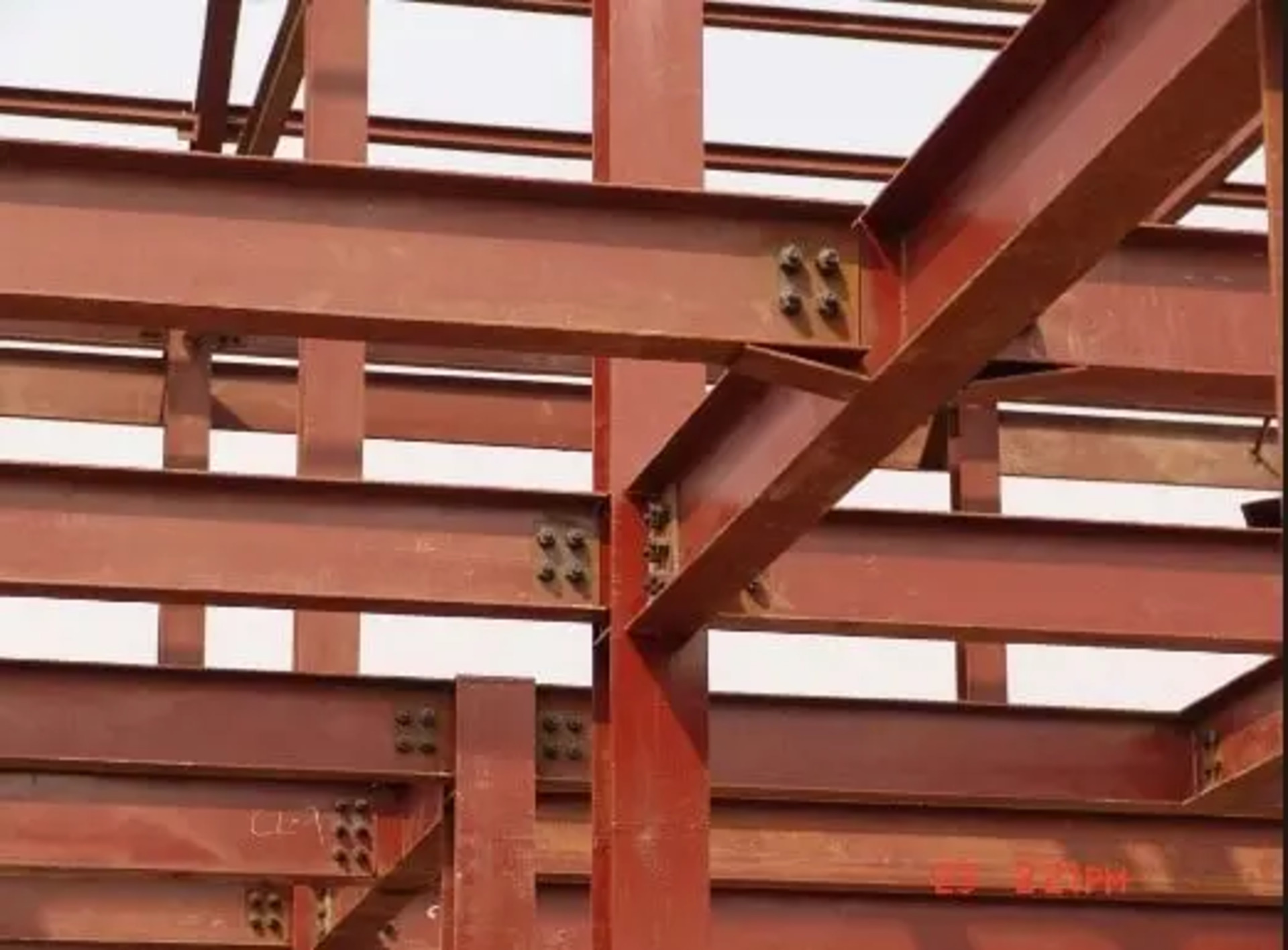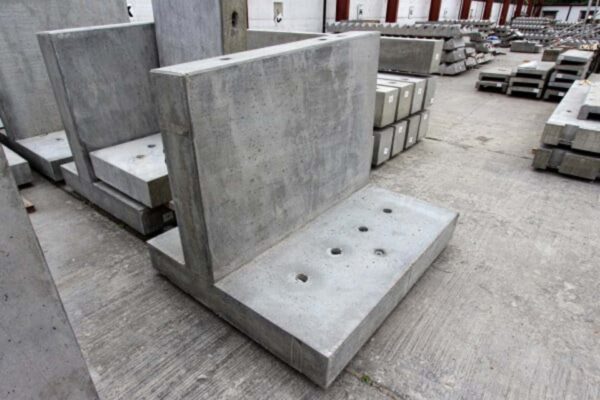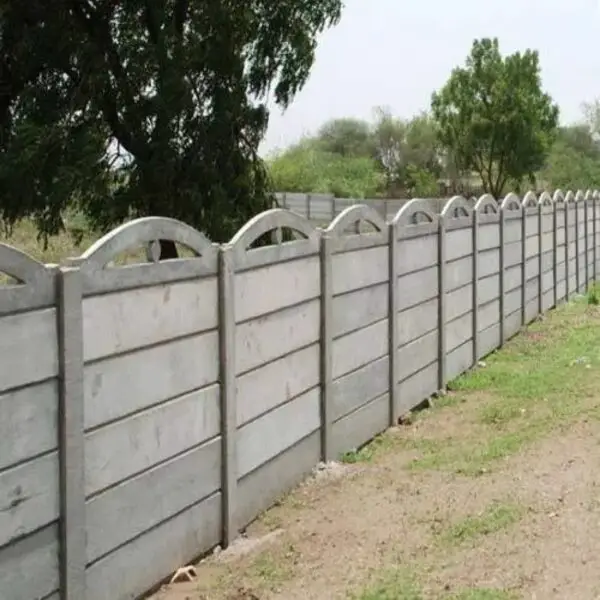Steel beam connections play a crucial role in the structural integrity of buildings and other steel structures.
The proper design and installation of these connections ensure the safe transfer of loads and maintain the overall stability of the framework.
When it comes to connecting steel beams, there are various methods and configurations to consider, each with its unique advantages and applications.
The joints where steel beams, girders, and columns intersect are crucial high-stress locations that require properly engineered connections.
Whether bolted, welded, or riveted, these connections must have adequate strength and stiffness to safely transmit gravity, wind, seismic and dynamic loads through the structure.
They also accommodate movements from thermal fluctuations and sway.

Beam to Beam Connections
Beam-to-beam connections are critical elements in structural engineering, ensuring the safe and effective transfer of loads between horizontal members.
These connections play a vital role in maintaining the integrity and stability of a structure, whether it’s a building, bridge, or industrial facility.
The most common types of beam-to-beam connections include simple connections, moment-resisting connections, and shear connections.
Simple connections, such as web cleats or flexible end plates, allow for rotation between the connected beams, making them suitable for structures with low to moderate loading conditions.
Moment-resisting connections, like extended end plates or bolted moment connections, provide rigidity and resist rotation, enabling the transfer of bending moments between beams. This makes them ideal for structures subjected to high lateral loads or seismic activity.
Shear connections, such as fin plates or double angle connections, are designed to transfer primarily shear forces and are used in situations where the connected beams are not required to resist significant bending moments.
The choice of beam-to-beam connection type depends on factors such as the loading conditions, desired level of flexibility or rigidity, and the overall design requirements of the structure.
Proper design, detailing, and execution of these connections are essential to ensure the safe and efficient performance of the structure throughout its lifespan.
I-Beam Connections
I-beam connections are essential components in structural steel construction, facilitating the assembly of I-shaped beams to create a robust and stable framework.
These connections are designed to transfer loads effectively between beams while accommodating various design requirements and site conditions.
Common I-beam connection types include shear connections, moment connections, and combined connections. Shear connections, such as web angle or end plate connections, are used when the primary load transfer is shear force.
Moment connections, like extended end plate or bolted flange plate connections, are employed when both shear and bending moment transfer are required.
The selection of the appropriate I-beam connection type depends on factors such as load magnitude, beam size, and the desired level of rigidity or flexibility in the structure.
Proper design and installation of I-beam connections are crucial to ensure the structural integrity and safety of steel-framed buildings and infrastructure.
Beam to Girder connections
Beam-to-girder connections are vital in structural engineering, ensuring the efficient transfer of loads between beams and girders.
These connections are designed to support various types of loads, including vertical forces and moments.
Common methods include bolted and welded connections. Bolted connections, such as shear tabs or angles, offer flexibility and ease of assembly, making them suitable for many construction scenarios.
Welded connections provide a more rigid and continuous bond, ideal for high-stress applications. The choice of connection depends on factors like load requirements, construction method, and design specifications.
Proper design and execution of beam-to-girder connections are crucial for the stability and safety of the structure.
Steel Beam Connectors
One common type of connection is the beam to girder connection, which involves securely fastening a beam to a girder using either bolts or welds.
Bolted steel beam connections offer the benefit of easy assembly and disassembly, making them a popular choice for many construction projects.
Understanding the different types of steel beam connections and their specific use cases is essential for engineers, architects, and contractors to create safe and efficient structures.
We will differentiate between simple shear connections that allow rotation and moment-resistant rigid connections that provide frame fixity.
Steel beam to beam Connections
Through images and schematics, the detailing of popular bolted connections including double-angles, seated beams, and shear plates will be presented.
Special moment-resistant welded connections used extensively in seismic zones will also be covered.
In this blog post, we will explore the world of steel beam connections, discussing their importance, various types, and best practices for design and installation.

What is a Steel Beam Connection?
A steel beam connection refers to the method by which structural steel beams and girders are fastened to each other.
They are designed to safely transmit loads applied to the joints and support the connected members. Beam connections can be bolted, welded, riveted or a combination of fastening methods.
The location where steel beams intersect is called a node or joint. The intersecting elements could be beam-beam, beam-column or beam-girder joints.
Connections provide restraints to members and facilitate stability and load transfer through the framework.
Purpose of Steel Beam Connections
Here are the key purposes served by steel beam connections:
- Transfer forces (shear, moment) from one connected element to another at the joints
- Provide restraint against displacement and rotation
- Accommodate dimensional changes from temperature fluctuations, creep, shrinkage
- Permit ease of erection and assembly of steel members
- Allow rotational capacity to develop plastic hinges in seismic regions
Appropriately designed connections are crucial for the safety and serviceability of the structure over its design life. They impact overall stability as well as strength during extraordinary loading events.
Where are Steel Beam Connections Used?
Steam beam connections are used extensively buildings, bridges and industrial structures with structural steel framing. Some typical applications include:
- Building Frames: Moment resisting beam-column connections in rigid frames of high-rise buildings
- Bridges: Shear connections in plate girder bridges, truss bridges and arch bridges
- Roof Systems: Simple connections in industrial sheds, auditoriums and warehouses
- Crane Girders: Stiffened end plate connections under heavy dynamic loads
- Conveyor Galleries: Bolted cleat connections in mining and material handling structures
- Stair Systems: Simple shear tabs connecting stringers with columns
Types of Steel Beam Connections
There are two broad classifications – Rigid and Simple Connections
Rigid Connections
Rigid connections provide fixity and resist relative rotation between members. They have high stiffness and allow moment transfer. Types include:
- Fully Restrained (FR): Bolted flange and web connections that resist substantial moment. Used in seismic frames.
- Partially Restrained (PR): Welded or bolted connections with some flexibility. Allow controlled rotation.
- Shear/Moment Connections: Combined shear load transfer with partial moment resistance.
Simple Connections
They connect beams, girders and truss elements in a frame but allow the members to rotate independently. Transfer shear while allowing free rotation. Types include:
Shear Connections: Transfer direct shear with little/no moment resistance.
Flexible Connections: Allow rotational adjustment but resist vertical shear loads.
Steel Beam and Column connection
When it comes to constructing steel structures, bolted steel beam connections are a popular and reliable choice for engineers and contractors.
These connections play a vital role in ensuring the structural integrity and stability of buildings, bridges, and other steel frameworks.

Bolted connections offer several advantages over other methods, such as welding, including ease of assembly, disassembly, and adaptability to various design requirements.
One of the most common types of bolted connections is the steel column and beam connection, which involves securely fastening a beam to a column using high-strength bolts.
Another frequently used configuration is steel beam to beam connections, where two beams are joined together to form a continuous span. The beam beam connection is a specific type of joint that allows for the transfer of loads and moments between connected beams.
Understanding the proper design and installation of bolted connections, such as the i beam joint, is crucial for professionals in the steel construction industry.
Bolted Steel Beam Connections
Bolting of structural steel members is currently the preferred building practice owing to speed of erection. The most popular types include:
Double Angle Shear Connections
- Two steel angles placed back-back
- Highly flexible to accommodate member end rotations
- Quick installation with only basic skills required
- Allow girders to be simply supported
Bolt spacing, edge distance and material strength govern design per codes like AISC 360. Economical choice for secondary framing under direct shear.
Stiffened Seated Beam Connections
- Beam rests on horizontal support while a vertical element provides shear capacity
- Allows easy erection of beam before installing shear connectors
- Stiffeners welded to column flange control deformations
High strength bolts pre-tensioned to code specifications used. Stiffeners ensure local buckling and bolt tear-out does not govern capacity.
Shear Plate Connections
- Plate girder webs connected directly to larger column flanges
- Shear forces transferred through thick continuity plates
- Allows substantial load transfer in short lengths
Capacity controlled by code checks on plate buckling, weld strength and bolt bearing. Provides rigid support for plate girders.
Welded Steel Beam Connections
Welding facilitates direct fusion between steel members. Can be adapted for all loading scenarios in building and bridge structures.
Moment Resistant Beam-Column Connections
- Used extensively in seismic regions due to good rotational capacity
- Beam flanges welded directly to column flanges for full moment transfer
- Additional column stiffeners often required to increase rigidity
Resists combination of shear, axial loads and moments. Codes like AWS D1.1 govern weld joint detailing and strength design.
Welded Shear/Moment Beam Connections
- Combined shear and partial moment transfer in connections
- Uses welded transverse continuity plates with bolted flanges
- Bolted splices easier to assemble compared to field welding
For heavy plate girders supporting cranes, conveyors etc. Shares lateral loads while allowing some flexibility.

Pinned Beam Connections
- Allow free rotation while transferring shear at joints
- No moments transferred between connecting members
- Girders stable under vertical loads but detailing allows rotations
- Expansion joints required elsewhere to account for total structure movement
Common examples include:
End Plate Moment Connections
- Beam bolted to thicker end plate that transfers loads into column
- Highly rigid against joint rotation under moments
Web Angle Connections
- Simple Framed Connections using double web angles
- Quick assembly with pre-fab gusset plates
- Bolts or welds used for load transfer
Frequently Asked Questions
A steel column beam connection securely joins a beam to a column, ensuring structural stability and load transfer.
Conclusion
This article presented an overview of the critical role and design of steel beam connections in buildings and bridges.
Proper detailing of shear connections, moment connections and flexible connections is crucial for structural integrity and resilience under loads.
Both welding and pre-tensioned bolting facilitate robust joints between beams, columns and girders in structural steel framing.






